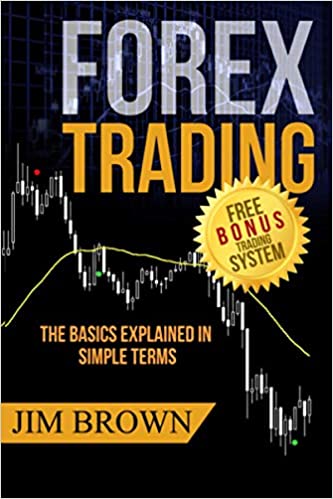
If you’re considering turning to forex as a potential means of increasing your wealth, then it’s imperative that you have an in-depth understanding of spread. Every investment in existence has one, and in forex the spread determines the primary cost of trading between currencies.
Spread is set by the broker, so it always pays to look for those offering low values
The foundational principle of the forex market is that one currency can be traded for another. In order to demonstrate the requisite information for comparison, currencies are thus quoted in terms of their price against another. As a result, they always appear in pairs e.g. USD/CAD or USD/GBP.
These pairs are not randomly presented: rather, the price of the base currency is indicated first, followed by the counter quote currency. In the above examples, this would mean that the USD was the base currency, and CAD and GBP respectively were the quote currencies. If we take the former example, and imagine that it takes C$1.3 to buy US$1, the expression USD/CAD would equal 1.3/1 or 1.3.
But where do spreads come into play?
How Spreads are Calculated
The former examples quoted the bid price of our pairs. The spread is calculated by comparing the bid price to the ask price.
But what is an ask price? Forex quotes always provide traders with both of the above prices, in a similar manner to that used by equity markets. The bid price is the sum the forex market maker is willing to offer in order to buy the base currency in exchange for the counter currency – in our example, USD and CAD. The ask price is the direct opposite: the sum for which the market maker is prepared to sell the base currency in exchange for the counter currency.
So how are these values used to calculate spread? In truth, the answer is simple. Forex prices are quoted using five numbers, and the spread can be calculated simply by subtracting the bid price from the ask. Thus, if our USD/CAD pair had a bid price of 130.00 and an ask of 130.06, the spread would be 0.06 or $0.0006.
Calculating Spread Costs
What confuses many people is how to extrapolate these figures into real money terms. Thankfully, this is a relatively simple process, although it does involve identifying pip cost and the number of lots being traded.
A pip is a number value. In the forex market, currency values are presented in pips, with each pip equating to 0.0001. Thus, two pips are equal to 0.0002, three to 0.0003 and so on. Most currencies will have a five pip spread, which means that there are four numbers after the point. The Japanese yen is a notable exception, and is usually presented as a three pip spread.
Let’s imagine, for a second, that we have buy and sell prices of 1.2366 and 1.2345 respectively. This would give us a spread of 0.0021 and a pip of 2.1. To find the total cost of a transaction, we would have to multiply the value by the pip cost whilst bearing in mind the total lots traded. Thus, if we were to trade just $1, we would actually be incurring costs of $2.10. This means that the lower the pip cost is, the better for the investor.
Could forex trading suit you?